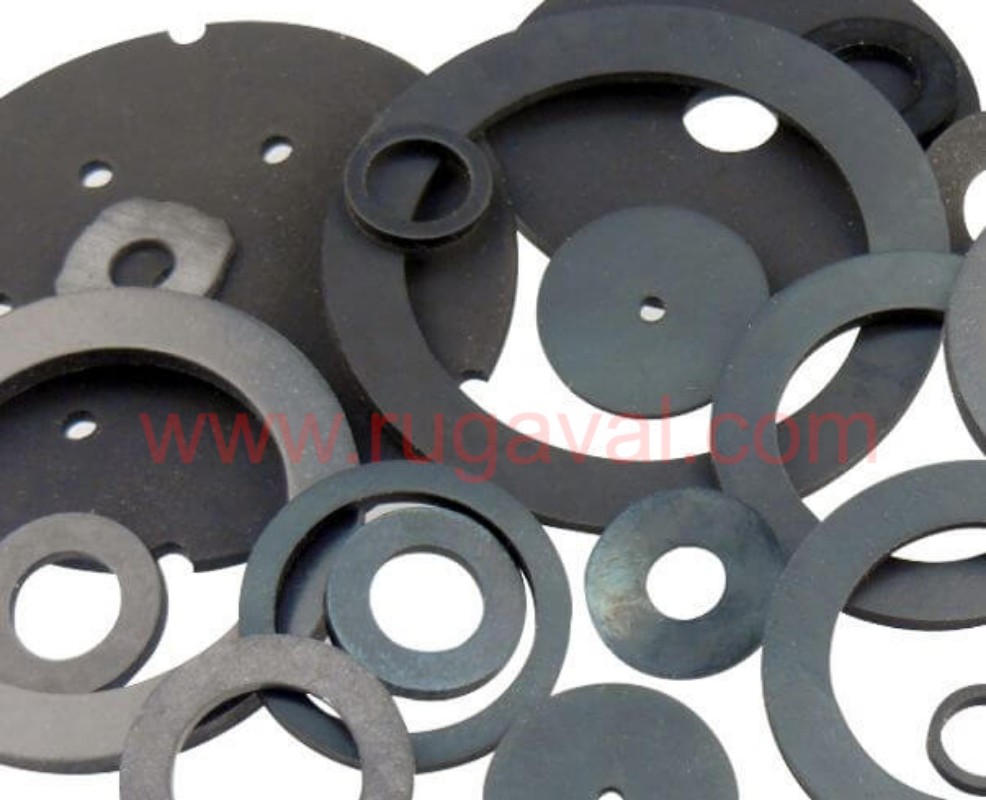
Neoprene Sheet Properties and Applications
Synthetic rubbers are usually engineered to have very specific qualities, mostly because when they are made, specific functions are kept in mind. After all, synthetic rubber products are man-made and they are in-production because they fulfill a need. But there is an elastomer that is manufactured and used for its general purpose qualities. Neoprene, also called chloroprene, is in fact produced in such large volumes that it is also a cost-effective product. Commonly used in seals and gaskets, neoprene is an elastomer with an all-around good chemical and ozone resistance. Rolls and sheets of neoprene in blends and pure form are available in a variety of thicknesses and sizes. This product is then fabricated from a neoprene rubber sheet, such as neoprene seals or a neoprene liner.
Neoprene Sheet / Chloroprene rubber (CR)
The Properties and Applications of a Neoprene Sheet
Synthetic rubbers are usually engineered to have very specific qualities, mostly because when they are made, specific functions are kept in mind. After all, synthetic rubber products are man-made and they are in-production because they fulfill a need. But there is an elastomer that is manufactured and used for its general purpose qualities. Neoprene, also called chloroprene, is in fact produced in such large volumes that it is also a cost-effective product. Commonly used in seals and gaskets, neoprene is an elastomer with an all-around good chemical and ozone resistance. Rolls and sheets of neoprene in blends and pure form are available in a variety of thicknesses and sizes. This product is then fabricated from a neoprene rubber sheet, such as neoprene seals or a neoprene liner.
When compared with other elastomers, especially other synthetics, neoprene does not have a single, superlative property that excels beyond the properties of others. The strength and usefulness of neoprene comes from its balance of qualities, instead of having extreme and particular qualities like other rubbers do. It performs moderately well in many physical and environmental properties across the board. Here are some of neoprene’s more notable traits:
- Low compression set: This trait is an essential characteristic of effective neoprene seals and gaskets. Compression set is the measure of a rubber’s “ability to return to its original thickness after prolonged compressive stresses.” A lower compression set is generally more ideal, indicating that a material would resist deformation better, while a higher compression set is the opposite. A good compression set ensures that a neoprene seal, gasket, or lining would maintain a gas- and liquid-tight seal preventing leaks or damage for a long time.
- Good abrasion resistance and resilience: When applied as a seal, liner or gasket, neoprene performs well due to its resistance to abrasions and its resilience. Abrasion resistance refers to a compound’s ability to withstand damage when in contact with a moving surface. Resilience is a material’s ability to bounce back after temporary deformation (similar to compression set but of a lesser degree). Resilience determines the longevity of the neoprene liner, seal or gasket, while abrasion resistance is vital where there are moving parts.
- Good resistance to UV, ozone and oxygen: As with many compounds, natural rubber is prone to damage resulting from UV, ozone and oxygen; however, many of the synthetic rubbers (including neoprene) possess a resistance to weathering. Rubbers that aren’t resistant to weathering harden and lose the capability to maintain a tight seal. Neoprene rubber can withstand weathering and resists flex cracking.
When used in liners, seals and gaskets, neoprene brings plenty of chemical and physical properties to the table. A neoprene rubber sheet can be used in applications, such as creating neoprene seals or a neoprene liner. In these applications, a combination of traits is necessary and other rubbers are not sufficient. It’s known as the all-purpose rubber for a reason!
